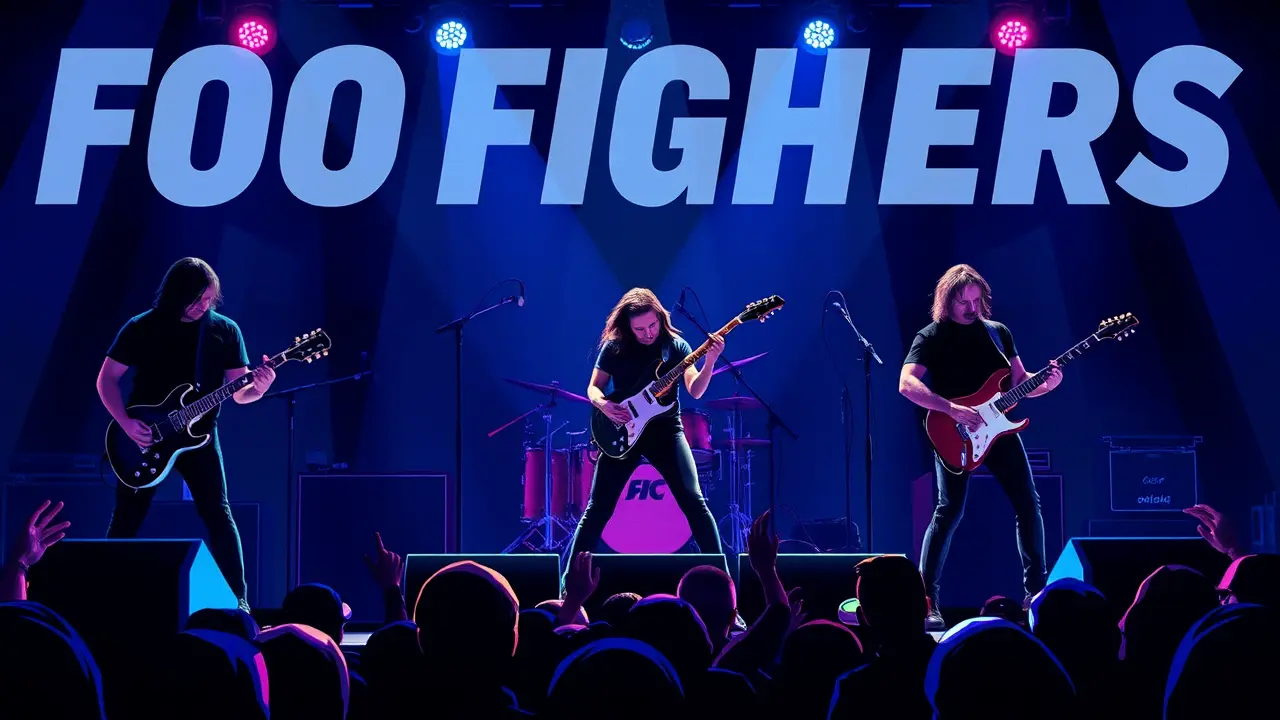
EntertainmentmusicTours and Concerts
Taylor Swift Fans Visit German Museum for Ophelia Painting.
BR
Brian Miller
13 hours ago7 min read
The hallowed halls of a German museum transformed into an unexpected concert venue this Sunday, as waves of Taylor Swift fans descended upon Wiesbaden, their collective voice rising in a harmonious, almost liturgical, rendition of her latest chart-topper, 'The Fate of Ophelia. ' This wasn't a typical album release party; it was a pilgrimage, a convergence of pop culture and classical art that felt as meticulously orchestrated as one of Swift's own musical eras.The catalyst was Friedrich Heyser's painting of Ophelia, the tragic Shakespearean heroine, which is believed to have served as the direct visual inspiration for the song's haunting music video. The scene was a living tableau, a blurring of lines between audience and art.Some devotees arrived in full Ophelia regalia, their white dresses flowing like waterlogged silk, hair meticulously woven with delicate blossoms, embodying the character's tragic romanticism. Others channeled Swift's own iconic stage presence, shimmering in sequins and sparkles, turning the museum into a hybrid space of quiet contemplation and vibrant, unapologetic fandom.They didn't just look at the painting; they communed with it, their singing a form of active participation in the narrative that bridges a 19th-century canvas and a 21st-century pop anthem. This event underscores a fascinating modern phenomenon: the pop star as auteur, capable of driving cultural traffic to institutions far removed from the Top 40 charts.Swift, in her continual evolution, has mastered the art of embedding dense literary and artistic references into her work, creating a rich tapestry that invites—almost demands—this level of deep engagement from her audience, the 'Swifties. ' It’s reminiscent of how a classic album like 'Hounds of Love' by Kate Bush created its own mythology, but Swift operates on a scale amplified by digital connectivity and fan culture that treats every lyric and visual cue as a clue in an ongoing, collective narrative.The choice of Ophelia is particularly resonant; she is a figure eternally suspended between innocence and madness, agency and passivity, a vessel for interpretations from Millais's famous Pre-Raphaelite rendering to contemporary feminist readings. For Swift, a songwriter who has built her career on reclaiming narratives and dissecting the archetypes imposed upon women, Ophelia is a potent symbol.By titling a song 'The Fate of Ophelia,' she immediately invites a dialogue about destiny, tragedy, and who gets to control a woman's story. The fans, by embodying her, are not just celebrating a song but participating in this reinterpretation, adding their own voices to a centuries-old conversation.This is more than a publicity stunt; it's a cultural moment that speaks to the power of music to create community and the evolving role of museums in the 21st century. It raises questions about curation, accessibility, and how traditional institutions can engage with new audiences sparked by contemporary icons.The Wiesbaden museum, by hosting this event, acknowledged that the path to a young person's engagement with classical art might just be paved with a Taylor Swift melody. It’s a symphony of high and low culture, a testament to the fact that a great song, like a great painting, can become a destination in itself, a place where people gather not just to listen or look, but to feel a part of something larger, a story that continues to unfold long after the final note has faded.
#featured
#Taylor Swift
#Ophelia
#museum
#fans
#event
#music video
#culture
Stay Informed. Act Smarter.
Get weekly highlights, major headlines, and expert insights — then put your knowledge to work in our live prediction markets.
Related News
© 2025 Outpoll Service LTD. All rights reserved.











